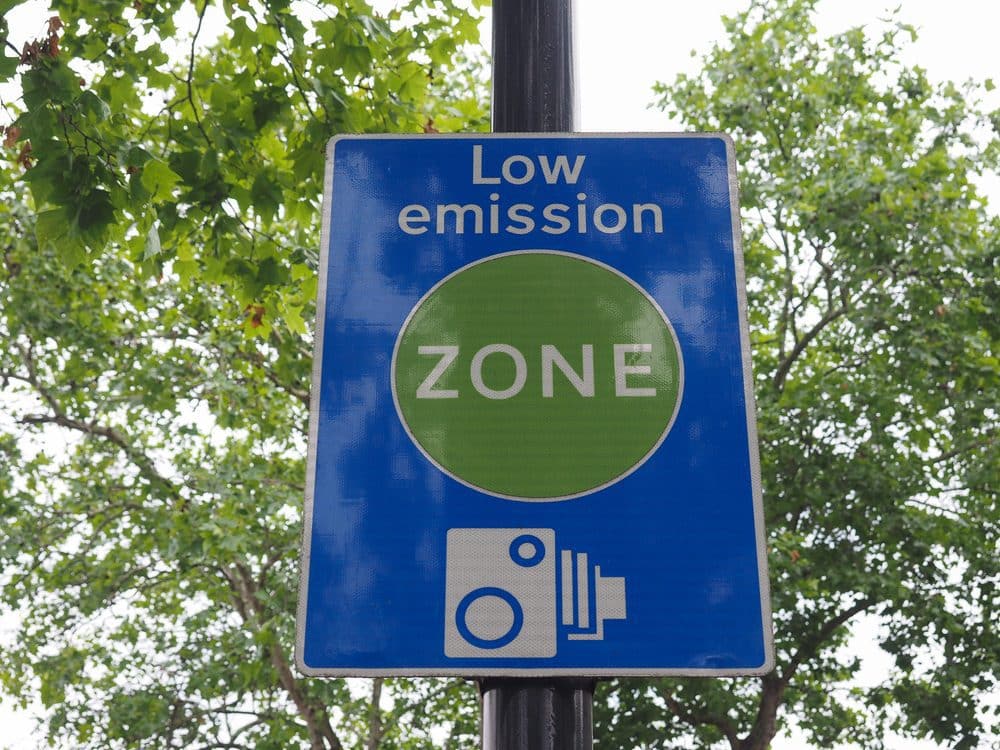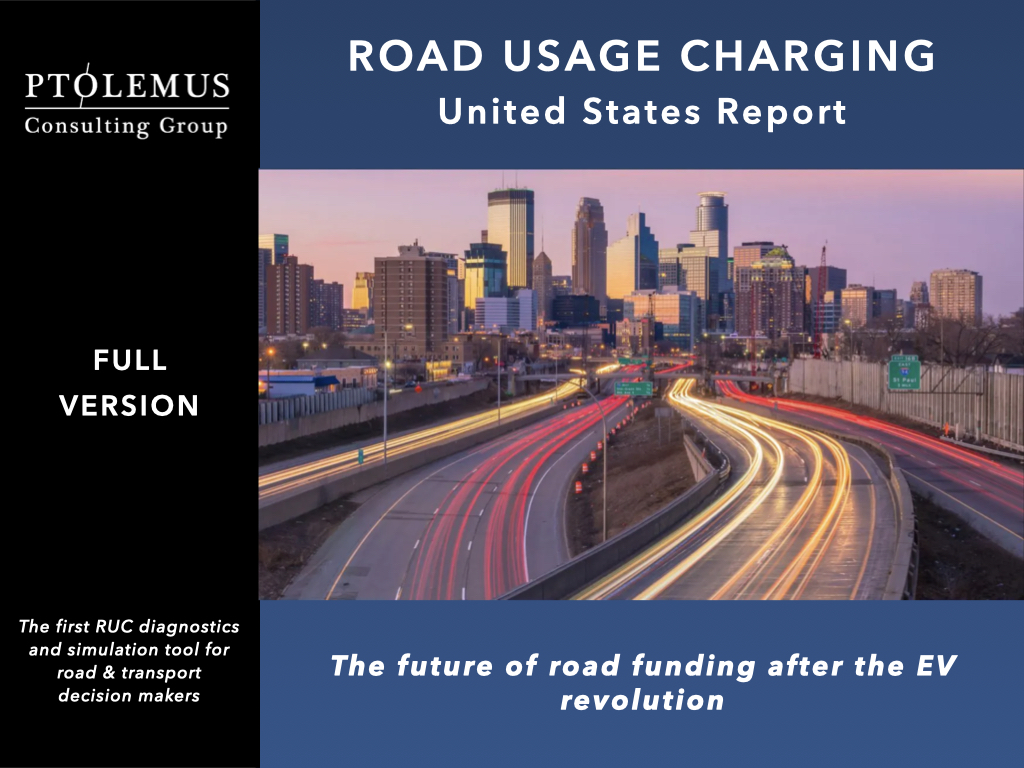What are low emission zones?

Low emission zones (LEZs) are areas in cities or towns where stricter emissions standards are in place for vehicles. The goal of LEZs is to reduce air pollution and improve air quality in urban areas.
LEZs typically apply to vehicles that emit high levels of harmful pollutants, such as nitrogen oxides (NOx) and particulate matter (PM). These pollutants can have serious health effects, including respiratory problems, heart disease, and cancer. By reducing the amount of these pollutants in the air, LEZs can help to improve public health.
To enforce LEZs, vehicles are typically required to meet certain emissions standards. Depending on the specific LEZ, these standards may vary. For example, some LEZs may only apply to diesel-powered vehicles, while others may apply to all vehicles. In some cases, LEZs may be limited to certain types of roads or may only apply at certain times of the day.
To enter an LEZ, vehicles may be required to display a special sticker or pass indicating that they meet the emissions standards. Vehicles that do not meet the standards may be subject to fines or other penalties.
LEZs are becoming increasingly common in cities around the world as a way to address air pollution and improve public health. They can be an effective tool for reducing harmful emissions and improving air quality, but they can also be controversial, as they may impact the cost and convenience of driving in urban areas.
Overall, low emission zones are an important tool for improving air quality in urban areas. By reducing harmful emissions from vehicles, LEZs can help to protect public health and improve the quality of life in cities.

